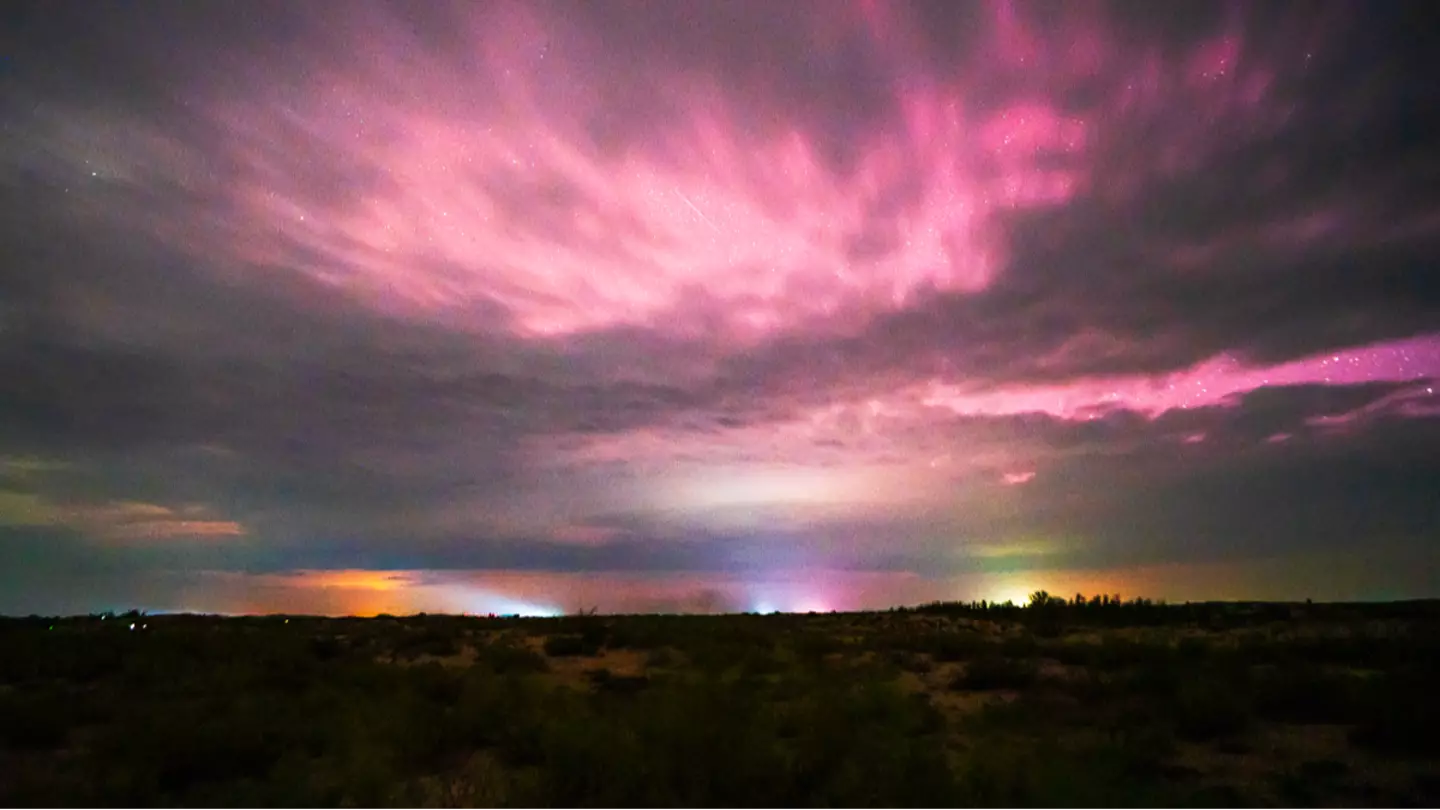NASA issues warning for major solar storm that has already caused radio blackouts on Earth
Space experts have weighed in on how likely the catastrophic event may be - and how we will be affected
Featured Image Credit: Getty Images/VCGTopics: NASA, Science, Earth, US News

